seeking creative solution to pine root damage in driveway
gardnergal
14 years ago
Featured Answer
Sort by:Oldest
Comments (20)
gardnergal
14 years agolast modified: 9 years agoRelated Professionals
Middle River Landscape Architects & Landscape Designers · Oatfield Landscape Architects & Landscape Designers · Arlington Landscape Contractors · Surprise Landscape Contractors · Doctor Phillips Landscape Contractors · Gallatin Landscape Contractors · Mahwah Landscape Contractors · Mason Landscape Contractors · Rio Linda Landscape Contractors · Beavercreek Decks, Patios & Outdoor Enclosures · Fullerton Decks, Patios & Outdoor Enclosures · Miami Decks, Patios & Outdoor Enclosures · Pueblo West Decks, Patios & Outdoor Enclosures · Tooele Decks, Patios & Outdoor Enclosures · Conroe Swimming Pool Buildersbahia
14 years agolast modified: 9 years agogardnergal
14 years agolast modified: 9 years agokarinl
14 years agolast modified: 9 years agocatkim
14 years agolast modified: 9 years agogardnergal
14 years agolast modified: 9 years agobahia
14 years agolast modified: 9 years agokarinl
14 years agolast modified: 9 years agoinkognito
14 years agolast modified: 9 years agogardnergal
14 years agolast modified: 9 years agobahia
14 years agolast modified: 9 years agorain2fall
14 years agolast modified: 9 years agogardnergal
14 years agolast modified: 9 years agobahia
14 years agolast modified: 9 years agoRma1029
11 years agolast modified: 9 years agoRma1029
11 years agolast modified: 9 years agorosiew
11 years agolast modified: 9 years agogardnergal
11 years agolast modified: 9 years agoGene Deerman
last year
Related Stories

KITCHEN OF THE WEEKKitchen of the Week: Seeking Balance in Virginia
Poor flow and layout issues plagued this kitchen for a family, until an award-winning design came to the rescue
Full Story
GREAT HOME PROJECTSHow to Give Your Driveway and Front Walk More Curb Appeal
Prevent injuries and tire damage while making a great first impression by replacing or repairing front paths
Full Story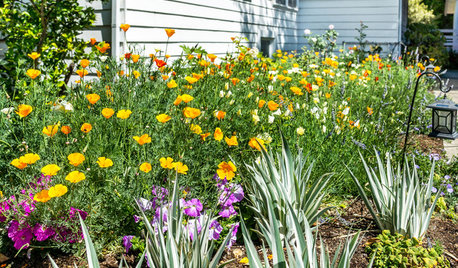
LANDSCAPE DESIGN10 Ideas for a Creative, Water-Conscious Yard
Check out these tips for a great-looking outdoor area that needs less water
Full Story
FEEL-GOOD HOMEDecorate With Intention: Nourish Your Creativity at Home
If your creative time seems all too short and slapdash, make haste in checking out these ideas to redesign your approach
Full Story
HOUZZ TOURSHouzz Tour: Creativity Captivates in a New Jersey Family Haven
Handmade treasures arranged artfully and with love fill a DIY-savvy blogger's bright and cheery home
Full Story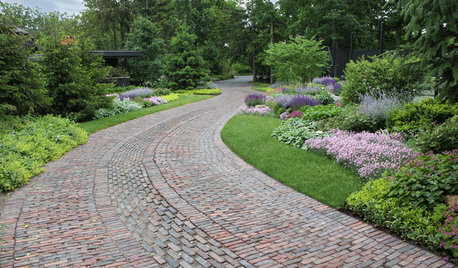
LANDSCAPE DESIGN6 Driveway Looks Take Landscapes Along for the Ride
See how to design a front yard that makes your driveway its own destination
Full Story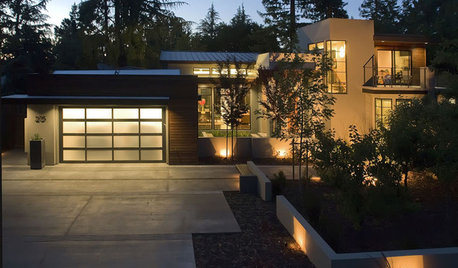
REMODELING GUIDESConcrete Driveways: Poring Over the Pros and Cons
Concrete adds smooth polish to driveways and a sleek look to home exteriors, but here are the points to ponder before you re-surface
Full Story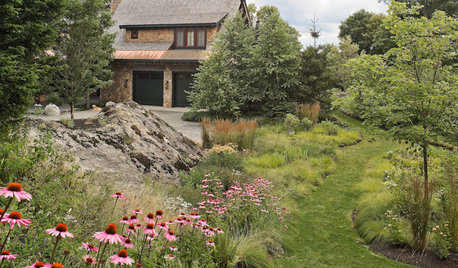
GARDENING GUIDES13 Risks to Take for True Garden Rewards
Go ahead, be a rebel. Breaking rules in the garden can lead to more happiness, creativity and connection with the earth
Full Story
WINDOWSHow to Ditch the Drapes and Let Your Windows Shine
If your home has beautiful windows and you don’t need to hide a view, consider dressing them in these elegant, creative ways
Full Story
BEFORE AND AFTERSSee 6 Yards Transformed by Losing Their Lawns
Wondering whether a turf lawn is the best use of your outdoor space? These homeowners did, and they found creative alternatives
Full StorySponsored
Leading Interior Designers in Columbus, Ohio & Ponte Vedra, Florida
More Discussions






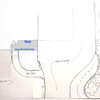
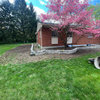


oilpainter